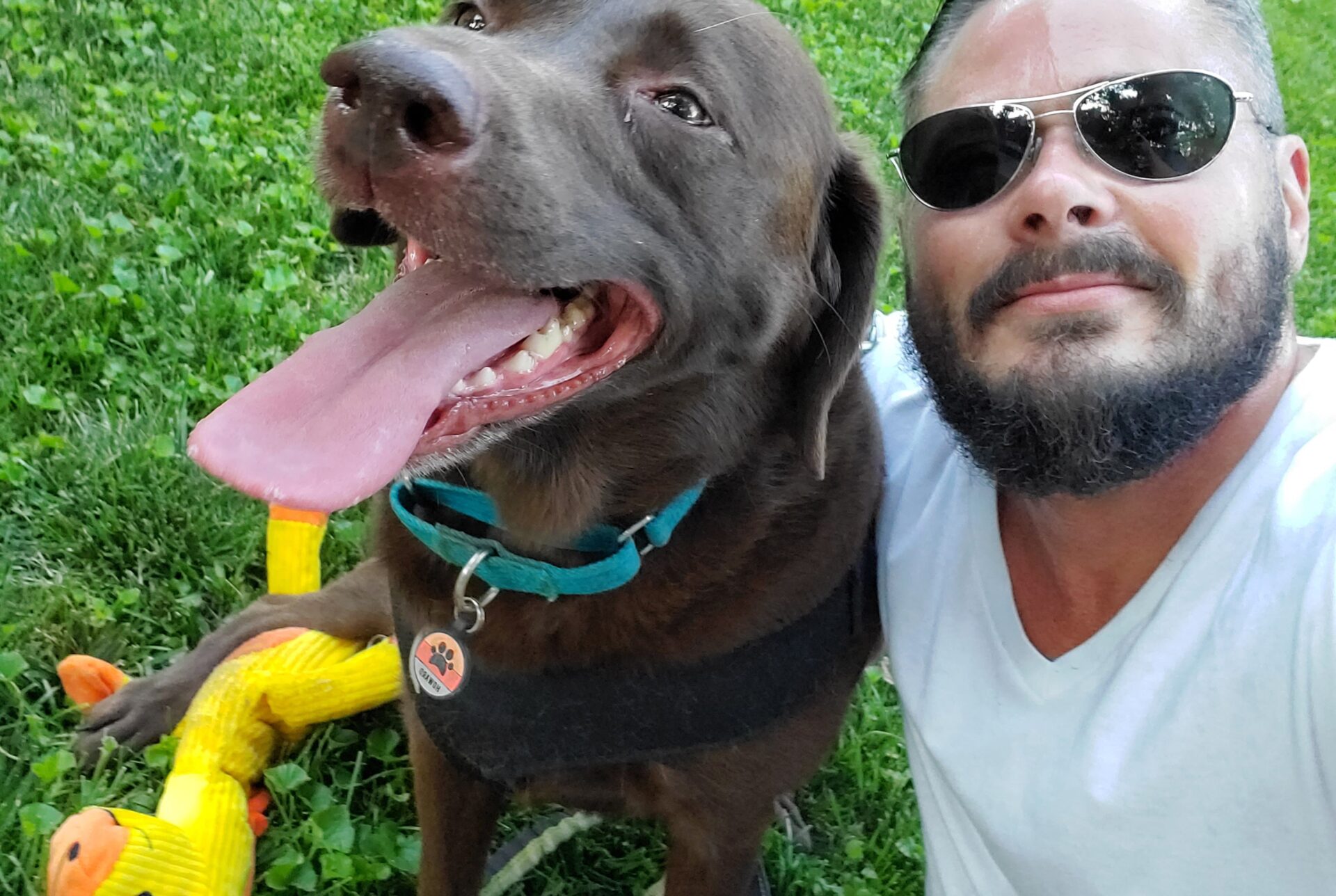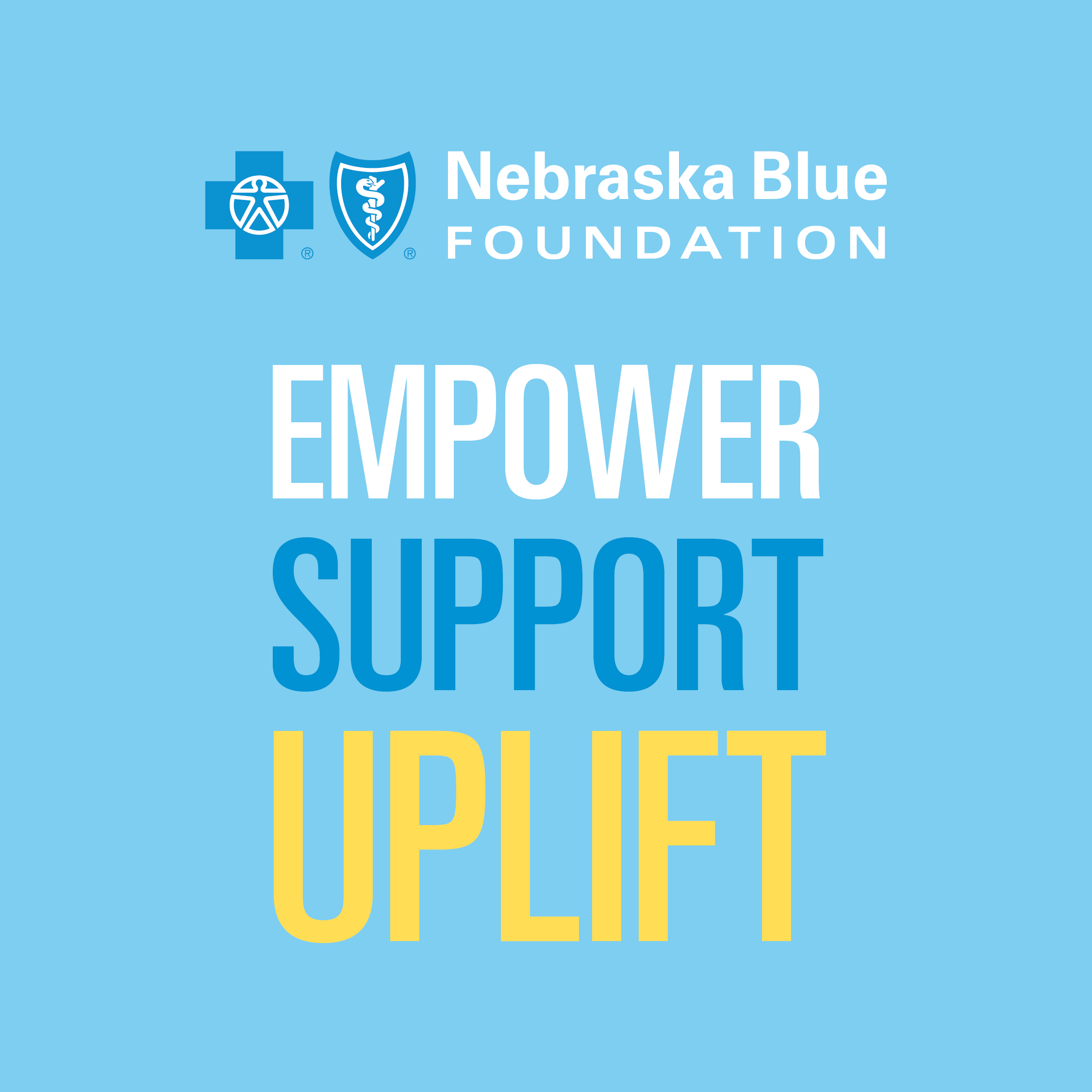One early morning in May 2021, Jaye Stentz started his day like most others: he went to let his chocolate lab, Howard, outside; however, when he tried to call him back inside the words weren’t there.
“I could think the words, but they weren’t coming out,” said Stentz, organization development specialist at Blue Cross and Blue Shield of Nebraska (BCBSNE). “When I finally was able to speak, I got his name out, but it was slurred. It didn’t sound like me at all.”
The episode passed, so he dismissed it and dismissed it again later that evening when he wasn’t able to make himself smile in the mirror.
“I finally told my wife the next morning that I was feeling weird and that weird things were happening,” said Stentz. “As I was telling her what I was experiencing, it happened right there in front of her. So, we went to the hospital, and they discovered I had had minor strokes.”
Stentz experienced what are known as transient ischemic attacks, which are temporary stroke-like symptoms that can serve as a warning for a future stroke, according to the Mayo Clinic.
“I spent three days in the hospital,” he said. “I had plenty of time in the hospital to think about how we take care of ourselves and what that means for me, and I will say I had my last cigarette the day before I had the stroke.”
After he left the hospital, the only side effect Stentz suffered was numbness in his thumb and finger, but he knew he needed to make a change.
“I started to really cherish the idea of just movement,” he said. “So, on June 5, which was probably about a week after I came home from the hospital, I started to go for a daily walk. I started with just a few blocks each morning.”
Every day, he would grab his photo ID, BCBSNE insurance card, keys and glasses and head out. As the walks became a routine, Stentz noticed Howard would give him a knowing look every time he left.
“He was letting me know that it wasn’t okay for me to go alone,” said Stentz. “For that first year, I knew that I was at an increased risk of having another stroke. So, Howard started to come with me, and he became my accountability partner through this.”
So, every day at 5:30 a.m., the same time he suffered his stroke symptoms, he took Howard for a three-mile walk/jog mix.
“It became less about me and more about him,” said Stentz. “I love that dog so much that it would break my heart to not take him on this daily routine. It was my love and appreciation for him and wanting him to be happy and knowing that I always wanted to be there for him that inspired a real level of change in me.”
He extended his routine even further when one of the other dogs, Seeley, started watching them walk every day and wanted to join.
“When Howard and I get back after three miles, I grab Seeley’s leash and take him for a mile walk,” he said. “So, every day I do four miles between the two dogs.”
Through each mile, Stentz is filled with a renewed feeling of well-being.
“Had I had a stroke where I lost my ability to walk, I wouldn’t be able to enjoy this every day, and I’m filled with gratitude knowing I can,” he said.
Through his story, he hopes others will find their motivation before they get a wake-up call like him.
“Figure out what you love,” Stentz said. “That is what will keep you coming back no matter what. What is your Howard?”
To read more stories like this one, visit Health and Wellness.
*Wise & Well is a monthly wellness series highlighting BCBSNE employees and their dedication to health and wellness.






